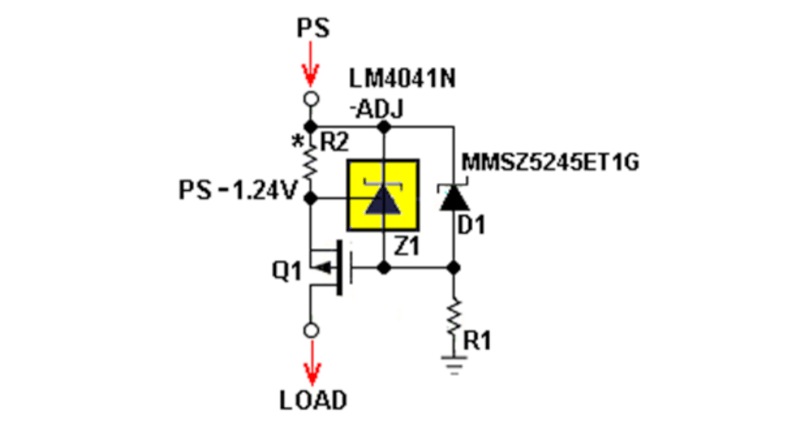It isn’t unusual to expect a precisely regulated voltage in an electronic project, but what about times when you need a precise current? Over on EDN, prolific [Stephen Woodward] explains how to use a precision Zener diode to get good results. [Stephen] takes you through the math for two topologies and another circuit that uses a pair of bipolar transistors.
You might wonder why you need a precise current source or sink. While it is nice to drive things like LEDs with a constant current, you probably don’t need ultra-precise currents. However, charging a capacitor with a constant current produces a very nice linear voltage ramp. When you use a resistor to bias collector current in a bipolar amplifier, you are just poorly imitating a constant current source, too. That’s just two of many examples.
The circuits use a MOSFET to handle the actual current path, so there are a few differences depending on whether you want to sink or source current. You may wonder why a precision Zener diode needs an external Zener. However, if you read the text, you’ll note that’s only if the input voltage is too high for the “real” Zener.
There are many techniques for manipulating currents. All good to have in your toolbox.
















I feel shame: I’ve been using a LM317 with a 100-ohm resistor (allbeit 0,1% tol.) for a 12,6 mA current source.
No shame at all! The latest edition (3rd) of The Art of Electronics, by Horowitz and Hill, has a great little section on current sources where they start with the LM317 (or maybe 334?), if memory serves.
In fact I just finished building a 8ch source to help with integration testing of a PCB that does 4-20mA measurement system.
I just use a keithley 2400 and 2502 or 7510 and call it a day.
I use a 236 from eBay
Try to do it under 1 cent. That’s mass pro class.